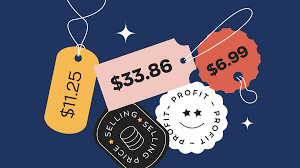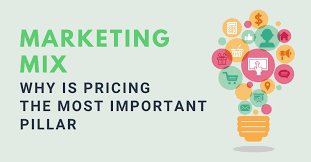Introduction to Pricing
Price is one of the most critical elements of the marketing mix, and it refers to the amount of money a customer has to pay to purchase a product or service. It is the only element of the marketing mix that generates revenue, while the others incur costs. Price is a number and a value proposition that includes product quality, customer service, and reputation. The price can affect the product or service’s perceived value, which is the customer’s assessment of the product’s benefits and worth compared to the cost.
Pricing decisions are essential to the success of a business because they directly impact revenue, profit margins, and market share. To set the right price for a product or service, businesses must consider factors such as production costs, competition, demand, and customer value perceptions. Pricing strategies can differ depending on the product’s life cycle stage, competitive environment, and target market.
Price can be used as a competitive advantage if a business can offer a similar product or service at a lower price than competitors. Price can also be used to differentiate a product or service and create a perception of high quality. Price bundling, discounts, and promotions are common pricing tactics that businesses use to attract customers and increase sales.
Overall, price is a critical aspect of the marketing mix that businesses must consider carefully to ensure that their pricing strategy is aligned with their overall marketing objectives and can achieve profitability while meeting customer expectations.
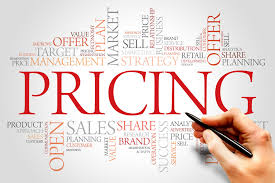
Factors Influencing Pricing
Setting the right price for a product or service is a complicated process influenced by numerous inner and external elements. Understanding these factors is crucial for businesses to expand effective pricing strategies that align with their marketing targets. Here are the key factors influencing pricing in marketing:
1. Costs
Production, manufacturing, and distribution costs are significant considerations in pricing. Companies want to make certain that the price covers the cost of products bought (COGS) at the same time as leaving room for a reasonable earnings margin.
2. Competition
The pricing selections of the competition have an instantaneous impact on an organization’s pricing strategy. Businesses must monitor competitor pricing closely and position their offerings competitively within the market.
3. Demand and Supply
Market demand and supply dynamics influence pricing. High demand and limited supply can support higher prices, while low demand and excess supply may require pricing adjustments to stimulate sales.
4. Market Positioning
Pricing is closely linked to a company’s market positioning and brand image. Premium pricing positions the offering as high-end, while discount pricing positions it as affordable or value-oriented.
5. Target Market
Different customer segments may have varying price sensitivities. Businesses need to not forget the willingness and capacity of their target market to pay positive price factors.
6. Perceived Value
The perceived value of a product or service within the eyes of customers drastically impacts pricing selections. Customers are more likely to pay higher prices for products they perceive as offering superior benefits or unique features.
7. Product Life Cycle
The stage of a product’s life cycle can impact pricing decisions. Introductory pricing might be used to gain market share, while price adjustments may be made as the product matures.
8. Economic Conditions
Economic factors, including inflation, heavy prices, and foreign money fluctuations, can affect pricing choices. Businesses may additionally need to modify prices in reaction to adjustments in the financial environment.
9. Government Regulations
Legal and regulatory factors may impose constraints on pricing techniques, along with price ceilings or anti-competitive pricing practices.
10. Distribution Channels
The type of distribution channel used to reach customers can influence pricing. Direct-to-consumer models may allow for more pricing flexibility compared to selling through intermediaries.
11. Promotional Strategies
Pricing is often intertwined with promotional strategies, such as discounts, sales, or bundling. The timing and duration of promotions can impact pricing decisions.
12. Competitive Advantage
Pricing decisions can be shaped by a company’s competitive advantages, such as unique features, quality, or customer service.
13. Brand Equity
Strong brand equity can support premium pricing, as customers are willing to pay more for a trusted and well-regarded brand.
In the end, pricing in marketing is a multifaceted process influenced by several factors. Businesses should collect an aggregate of internal and external elements while figuring out the right price for their products or services. Striking the proper balance among price, competition, demand, and customer notions is crucial to growing a successful pricing approach that helps the general marketing goals of the enterprise.
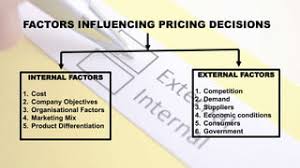
Types of Prices
In marketing, various types of prices can be used to achieve unique goals and cater to a unique customer segment. These pricing techniques assist businesses in promoting their services or products in the marketplace, attracting customers, and maximizing profitability. Here are some not-unusual types of expenses used in marketing:
1. Premium Pricing
Premium pricing involves setting higher prices to position the product or service as exclusive or high-end. This strategy is often used for luxury goods, high-quality products, or offerings with unique features that command a premium in the market.
2. Penetration Pricing
Penetration pricing is a strategy where prices are set relatively low initially to gain a large market share quickly. This approach is commonly used when launching new products or entering new markets to attract price-sensitive customers and establish a foothold.
3. Economy Pricing
Economy pricing, also known as budget or value pricing, involves setting prices at a low level to target price-conscious customers. This strategy is used by discount retailers and businesses that aim to offer affordable options to a broad customer base.
4. Price Skimming
Price skimming entails placing excessive initial expenses on new or progressive products to target early adopters and seize maximum revenue from customers inclined to pay a premium for novelty or exclusivity.
5. Promotional Pricing
Promotional pricing consists of brief charge reductions, reductions, or special gifts to stimulate sales and create exhilaration around a service or product. It is commonly used during the holiday season or to clean out excess inventory.
6. Dynamic Pricing
Dynamic pricing, also called demand-primarily based pricing, involves adjusting charges based on real-time market situations, demand fluctuations, or customer behavior. It is often used in industries like airlines, hotels, and journey-sharing services.
7. Optional Pricing
Optional pricing gives customers the choice to purchase additional capabilities or add-ons at an additional price. This strategy is commonly used in the automotive and technology industries, where customers can customize their purchases.
8. Captive Pricing
Captive pricing involves offering a core product at a low price and charging higher prices for complementary products or accessories. The objective is to attract customers with low-cost items and generate additional revenue through add-on sales.
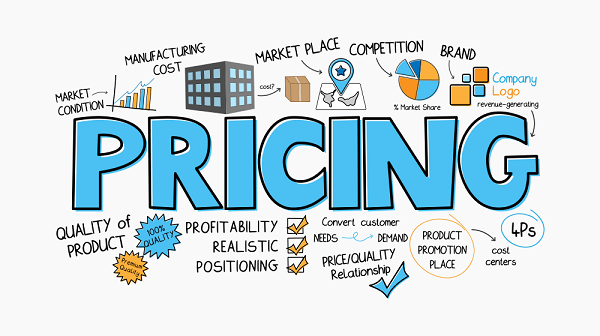
9. Bundle Pricing
Bundle pricing combines multiple products or services into a package and offers them at a discounted price compared to purchasing each item individually. This strategy encourages customers to buy more while saving on the overall purchase.
10. Freemium Pricing
Freemium pricing offers a basic version of a product or service for free, enticing customers to use it and then upselling premium features or additional functionalities at a cost.
11. Geographical Pricing
Geographical pricing involves setting different prices for the same product in different geographic regions based on factors like shipping costs, taxes, and local market conditions.
12. Psychological Pricing
Psychological pricing leverages customers’ psychological perceptions to influence their buying behavior. Strategies like setting prices just under a round quantity (e.g., $9.99 in preference to $10) are normally used to create the belief of a price decrease.
13. Cost-Plus Pricing
Cost-plus pricing entails calculating the overall value of manufacturing a product or handing over a provider and then including a predetermined earnings margin to arrive at the very last price. This approach ensures that the rate covers the price of production and gives the desired income.
14. Market-Based Pricing
Market-based total pricing, additionally known as competitive pricing, entails setting costs primarily based on winning market quotes and competitor pricing. Businesses display competitors’ prices and adjust their prices to stay competitive in the marketplace.
15. Value-Based Pricing
Value-based pricing specializes in the perceived value of the products or services based on the consumer’s attitude. The price is set based on the benefits and value the offering provides to customers rather than simply considering costs.
16. Auction Pricing
Auction pricing involves selling products to the highest bidder in an auction format, allowing market forces to determine the final price.
17. Competitive Pricing
Competitive pricing involves setting prices based on prevailing market rates and competitor pricing. Businesses reveal competitor’s prices and alter their costs to remain aggressive in the market.
Each type of pricing strategy has its advantages and is suited for specific marketing goals and target markets. Companies often combine multiple pricing strategies or adjust their pricing over time based on market dynamics and customer preferences. The choice of pricing strategy depends on factors such as product differentiation, the competitive landscape, customer segments, and the company’s overall marketing objectives.
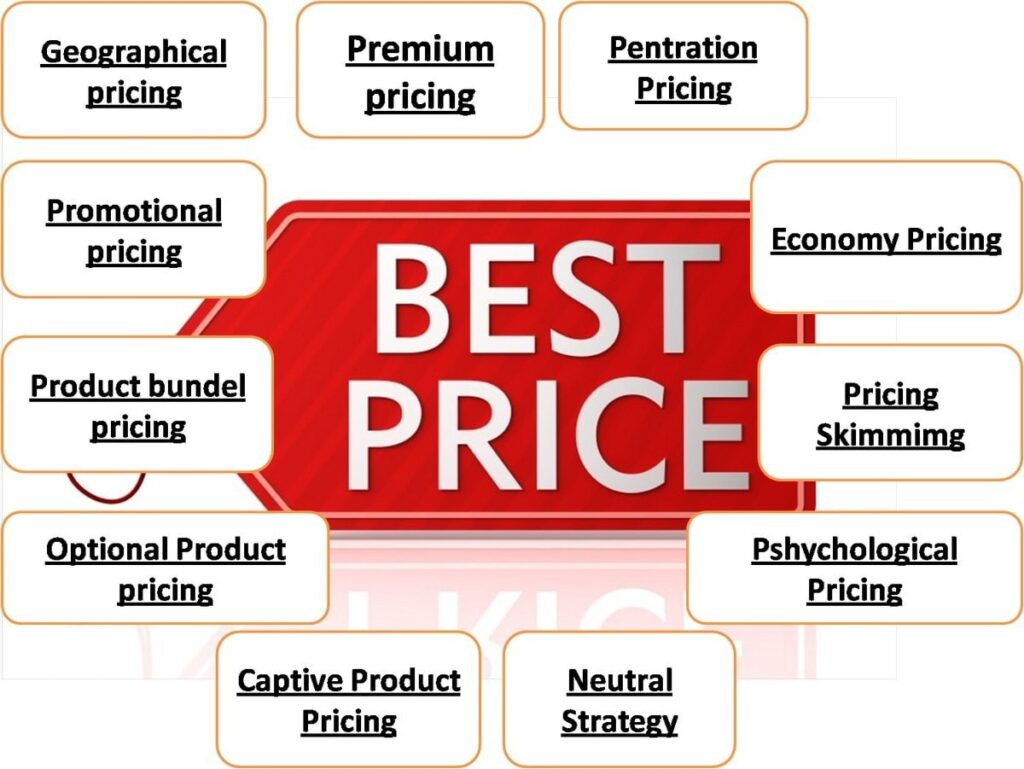
Various Steps in Pricing the Product
The pricing of a product is a complicated technique that requires careful attention to various factors and steps. Here are the key steps involved in pricing a product:
1. Market Research
Conduct thorough market research to understand the target market, customer preferences, competitors’ pricing, and overall market conditions. This data provides insights into price sensitivity, demand levels, and competitive positioning.
2. Set Pricing Objectives
Define clear pricing objectives based on the company’s overall marketing strategy. Pricing targets might also encompass maximizing earnings, gaining market proportion, penetrating a new market, or attaining a selected return on investment (ROI).
3. Determine Costs
Calculate all applicable charges related to producing, advertising, and distributing the product. This consists of direct fees (e.g., substances, hard work) and indirect expenses (e.g., overhead charges).
4. Analyze Pricing Strategies
Evaluate unique pricing techniques, inclusive of cost-plus pricing, value-primarily-based pricing, skimming, penetration, or aggressive pricing, to decide which aligns best with the company’s goals and market dynamics.
5. Set Base Price
Based on the pricing strategy chosen and the cost analysis, determine the initial base price for the product. Consider factors like the desired profit margin, market positioning, and customer perception.
6. Consider Pricing Flexibility
Decide on the level of pricing flexibility the company needs to maintain. Determine if dynamic pricing or promotional pricing will be utilized to adjust prices based on market changes or to run special offers.
7. Test Price Sensitivity
Conduct price sensitivity analysis to understand how price changes may affect consumer demand and revenue. This helps determine the optimal price range for the product.
8. Account for Psychological Pricing
Consider implementing psychological pricing techniques, such as using round figures or charm pricing (e.g., $9.99 instead of $10), to influence consumer perceptions and behavior.
9. Monitor Competitor Pricing
Keep a close eye on competitors’ pricing strategies and adjust pricing accordingly to remain competitive within the market.
10. Consider Channel Pricing
If the product is sold through various distribution channels, such as retail stores, online platforms, or direct sales, consider channel-specific pricing to account for varying costs and customer expectations.
11. Evaluate Pricing Over Time
Regularly review and compare pricing techniques over the years to make certain they stay aligned with converting marketplace situations, customer preferences, and business objectives.
12. Implement Pricing Strategy
Once the pricing strategy is finalized, put into effect the pricing structure across all relevant channels and communicate it efficiently to the sales crew and clients.
13. Monitor and Adjust
Continuously monitor the impact of the pricing strategy on sales, profitability, and market share. Be prepared to adjust pricing if necessary to respond to market changes and achieve pricing objectives.
By following these steps, companies can make knowledgeable pricing selections that assist their universal advertising goals, maximize sales, and deliver value to customers while maintaining an aggressive facet in the market.

Conclusion on Pricing
In the end, price is a crucial element in advertising and marketing that goes beyond merely figuring out the economic value of a service or product. It is a strategic tool that directly impacts consumer behavior, brand perception, marketplace positioning, and average commercial enterprise performance. Setting the right price is essential for businesses to achieve their marketing targets, maximize sales, and gain an aggressive advantage in the marketplace.
Price performs a multifaceted role in advertising, encompassing various factors that include price concerns, consumer perceptions of pricing, competitive dynamics, market demand, and product differentiation. Businesses have to carefully examine these factors to increase effective pricing techniques that align with their economic desires and target consumer segments.
Different pricing strategies, such as premium pricing, penetration pricing, value-primarily-based pricing, and promotional pricing, offer particular advantages and are ideal for specific advertising situations. Companies may also choose to undertake an unmarried pricing approach or combine a couple of strategies based totally on their product services, marketplace conditions, and purchaser preferences.
While price can be an effective tool to drive sales and profitability, it additionally comes with capability challenges, consisting of pricing pressures, consumer notion problems, and competitive reactions. To mitigate those dangers, businesses must conduct thorough marketplace research, regularly compare their pricing techniques, and be aware of adjustments within the market environment.
Overall, pricing selections require stability among financial considerations, customer choices, and strategic goals. By making nicely knowledgeable pricing choices, businesses can optimize revenue, beautify brand price, and build strong relationships with customers, contributing to their long-term success and sustainability within the dynamic global of marketing.
